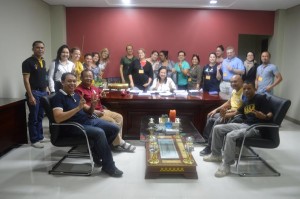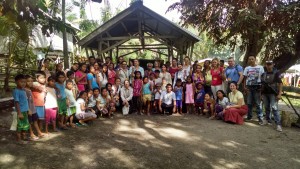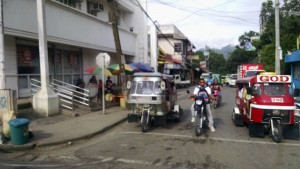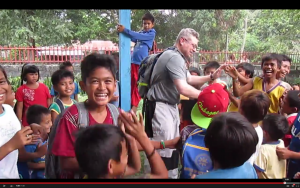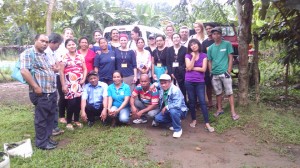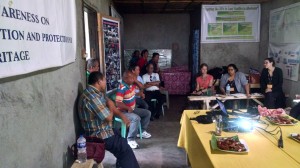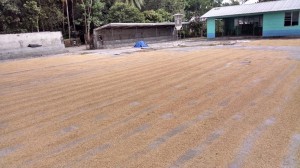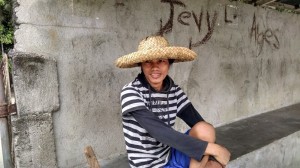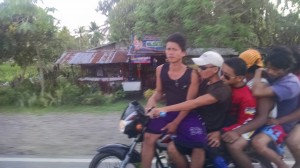We encountered a very impressive community leader within the central Mindanao town of Tulunan when we met Mayor Lani S. Candolada. Her honor graciously took time to meet with and brief us on the some of the action points she is championing, as well as some of the challenges that need to be overcome within the area. The Mayor spoke with such an optimistic and resilient outlook on the future of the municipality, it was refreshing and truly impressive. Lani Candolada is an inspiring individual; I left her office believing that she sincerely cares about her constituent’s well being, not as potential voters but in a more altruistic sense of helping because it is the right thing to do.
The Mayor spoke of education in the year 2015-2016 being of special importance to her. There are several changes that her Honor has helped to implement within the local educational system, some “Teach to fish” principles as the Mayor called it to build for the future. For instance, Kindergarten through grade 12 will now have “Climate Change Mitigation” as part of the upcoming curriculum. I thought this was a brilliant concept, adding classes that will benefit the students by teaching them better ways to plant, preserve the soil and sustain the ecosystem will certainly benefit the local farming community when those students take that gained knowledge to their home farms and put it into practice. In fact, the Mayor offers food incentives, from her own garden, to students and teachers for scholastic achievement because she has found over the years that money is divisive. Food, on the other hand has the opposite effect and tend to bring people together.
Mayor Lani was displaced from her home as a child due to conflict and as a result had her own grade school education interrupted several times. The Mayor empathetically places a “special focus” on the displaced students that now settle in her community. Forty years of conflict in Mindanao has put Mayor Candolada some physically dire situations in the past and yet she mentioned, “That harbors no ill will toward any side”. I got the feeling that this was not smoke and mirrors political talk, it is apparent when you look in her eyes. The concept that I took with me from meeting this unique public official was how often Mayor Lani referred to laughter as a key to her personal catharsis. Her Honor claimed that “If you fall and someone laughs, get up and dust yourself off and laugh with them”. With uniquely wonderful way to look at life, I thought to myself, and I now try to keep that perspective in mind as a centering mantra. Optimism as a rule!
